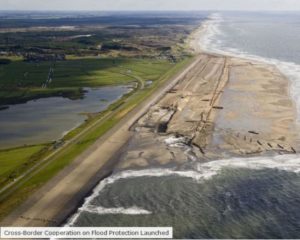Hopper Dredge Hondarra Works In Bayonne Harbor
Damen Dredging Equipment delivered a 1,200-cubic-meter trailing suction hopper dredge Honduras. And it was designed by Bilbao-based Astilleros de Murueta for CCI Bayonne Pays Basque in France.
The hopper dredge includes a trailing pipe system, a 3.2-cubic-meter clamshell bucket crane, and the superstructure is placed aft.
It is the fourth hopper dredge built between Damen and the shipyard. Damen delivered all the dredging equipment, including the 500 mm trailing pipe, designed for a maximum dredging depth of -20 meters, gantries, winches and a position indication system, loading gear, such as the dredge pump, degassing system, dredge valves and overflow. The dredge is fitted out with Damen’s bottom doors and bow coupling connection.
The Hondarra is the first dredge for the Chambre de Commerce d’Industrie de Bayonne Pays Basque in France, which operates Bayonne harbor. Honduras will perform maintenance duties to keep the harbor at the right depth. Moreover, sand will be won and either dumped or rainbowed to the shore to keep the beaches in perfect condition.
The owner received the dredge in September after extensive trails.

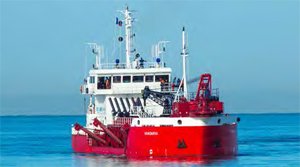
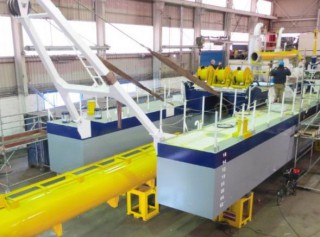
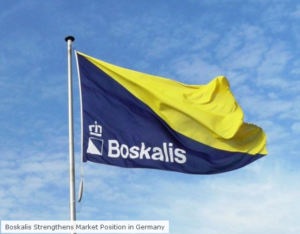
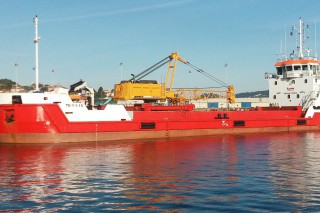
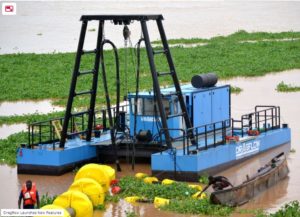 Dragflow, an Italian manufacturer of heavy-duty pumps and complete dredging equipment, has just revealed to Dredging Today some details about their future business plans.
Dragflow, an Italian manufacturer of heavy-duty pumps and complete dredging equipment, has just revealed to Dredging Today some details about their future business plans.